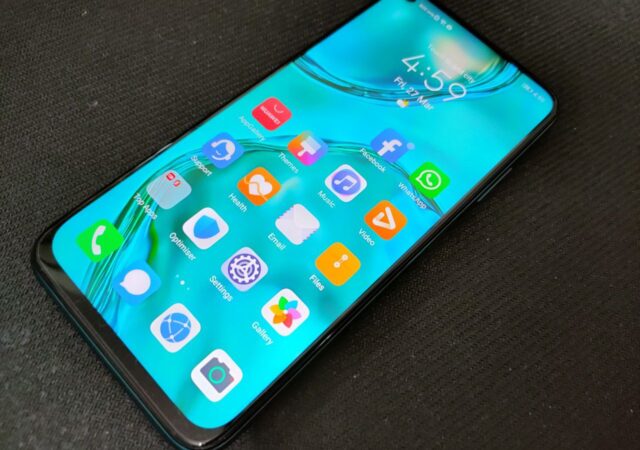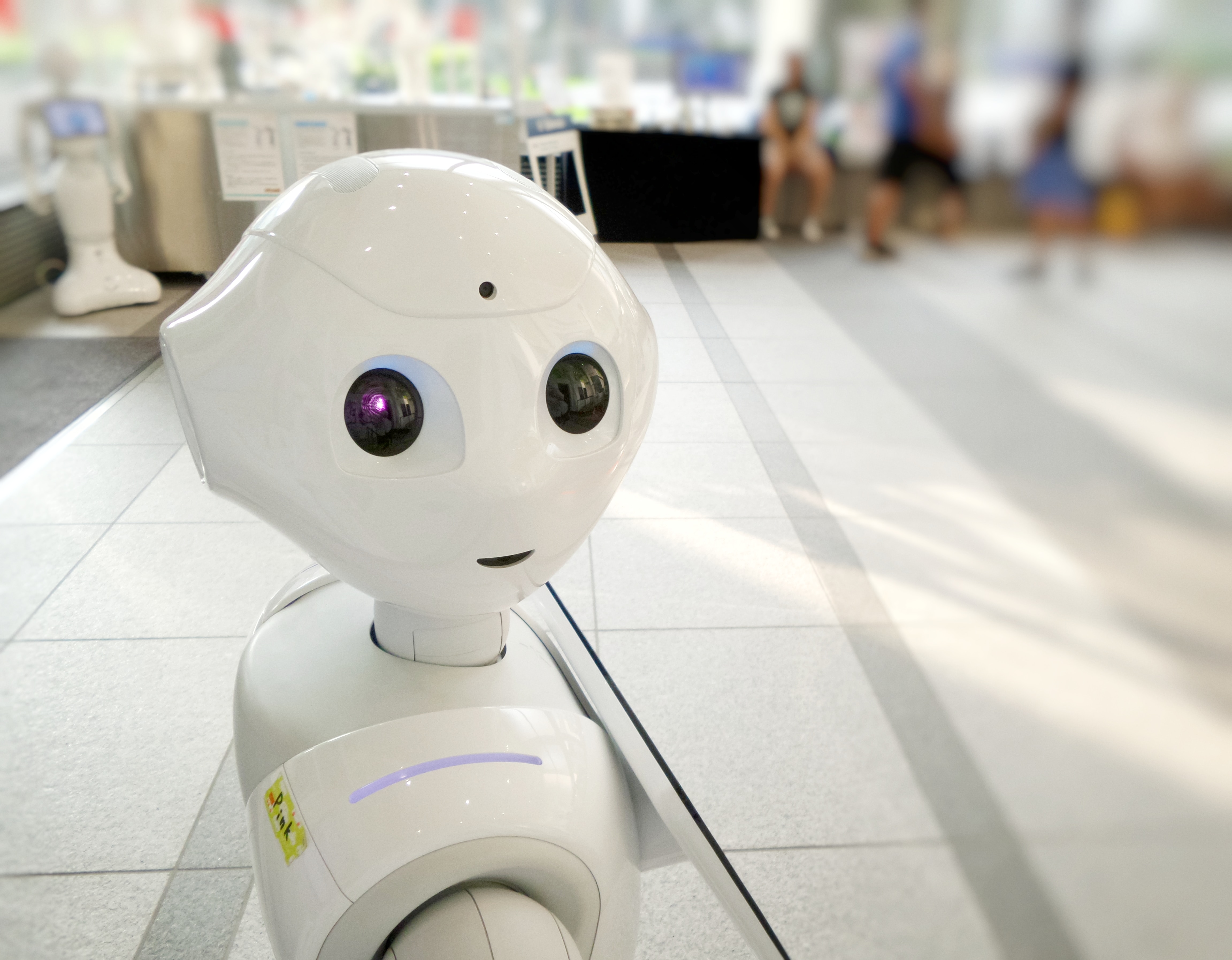AI and ML are a big thing now. AWS is at the forefront of this technology.
The platform has allowed the tool to be more than just a predictive tool today.
The Art of Enabling the Disabled
Living with HUAWEI Mobile Services and AppGallery Part 1: Starting Life Without Google
HUAWEI’s new smartphones now do not come with Google’s Play Store pre-installed. Will that be HUAWEI’s handicap though? We tried living with one of the most current HUAWEI device.
Combining AI and Humans in the New Decade
*This article is a contributed article by Ravi Saraogi, Co-Founder and President of Uniphore, APAC * 2020 marks the transition into the great unknown. With the emergence of new possibilities and challenges ahead of us, successful organisations must be quick…





